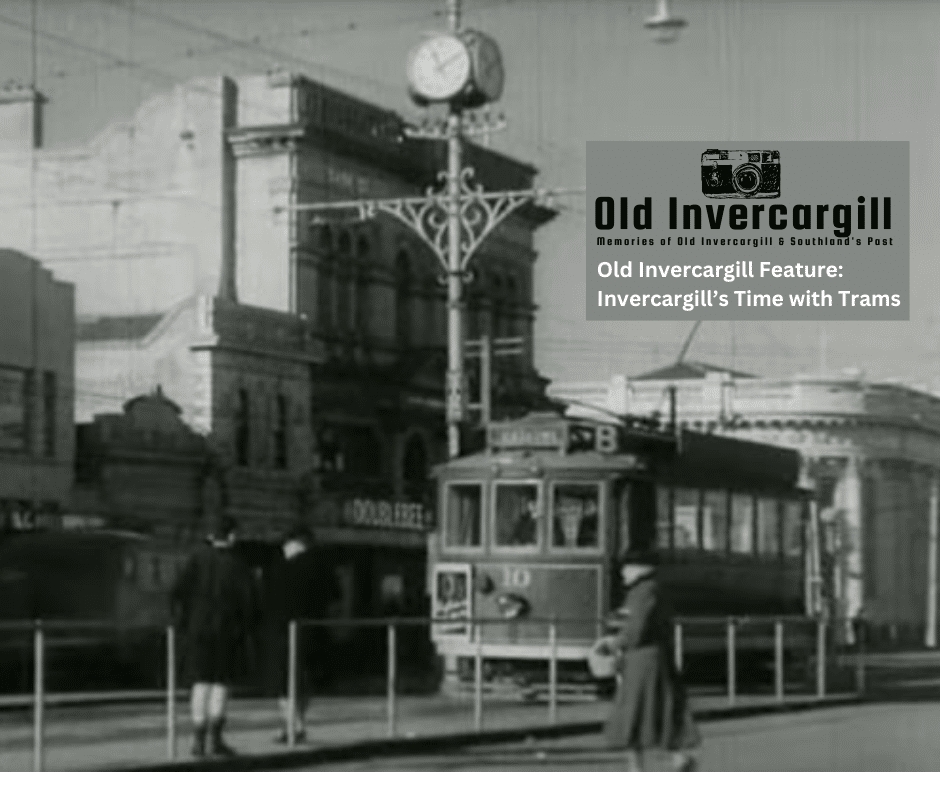The Invercargill tram system, a once pivotal component of the city’s public transport, presents a fascinating tale of technological evolution, community engagement, and eventual obsolescence.

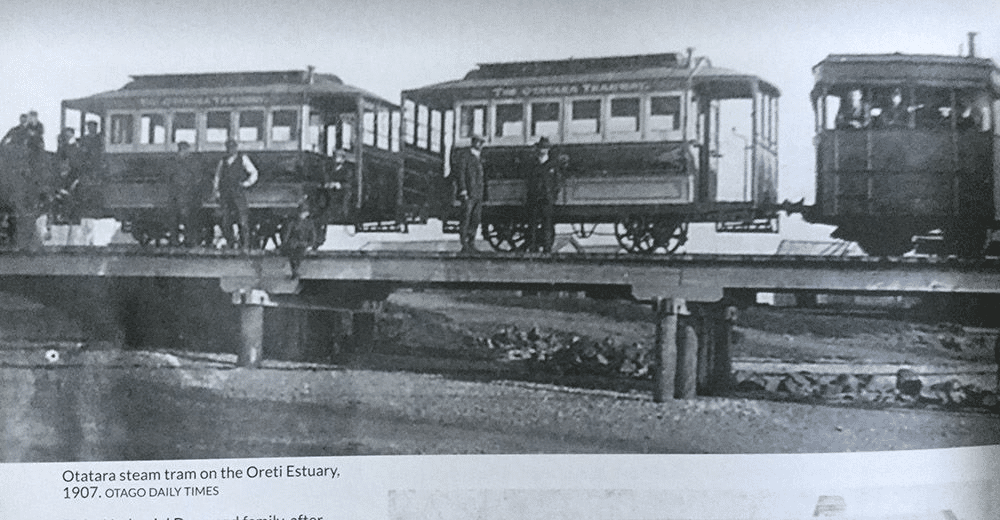
Beginning with horse-drawn trams in 1881, Invercargill’s transit landscape underwent a significant transformation with the introduction of electric trams in 1912.
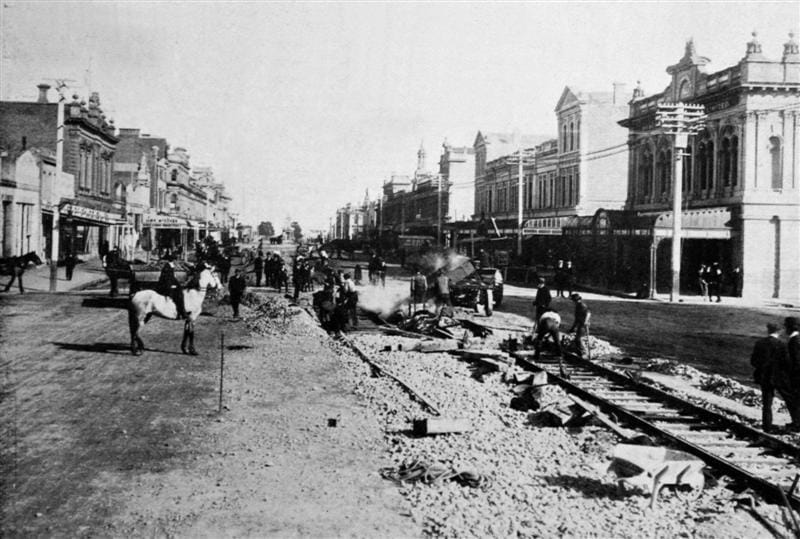

This transition marked a leap forward in urban transportation, with electric trams replacing the slower, less efficient horse-drawn carriages.
The electric tram era began with a fleet of 10 trams manufactured by Boon and Co of Christchurch, servicing routes to Waikiwi, North Invercargill, Georgetown, and South Invercargill. A tram shed established on Leven Street, still a standing testament to this era, functioned as the heart of tram operations.
In 1922, the tram network expanded with the acquisition of six trams from the United States, further bolstering the system’s capacity. This expansion was a reflection of the city’s increasing reliance on tram-based public transportation and its commitment to improving urban mobility.
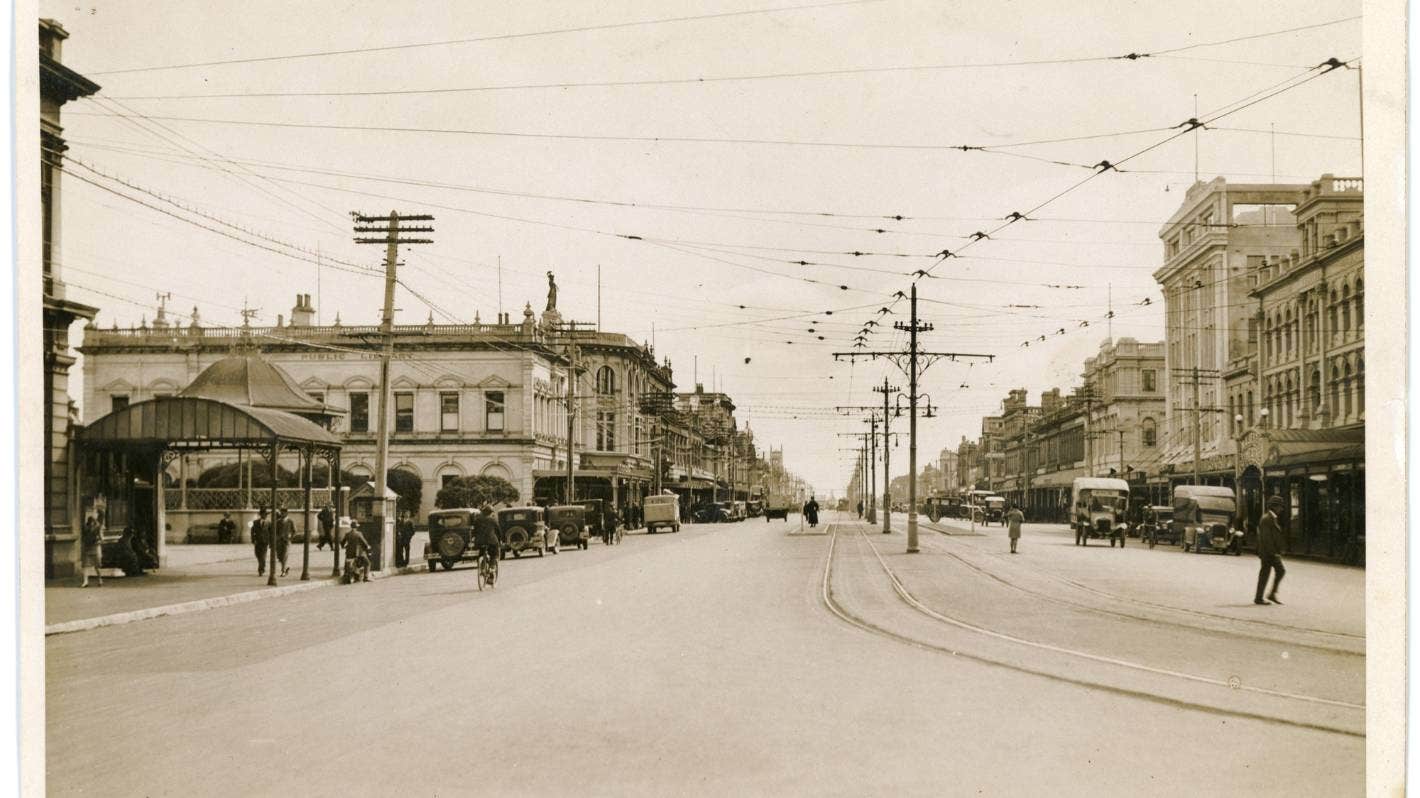
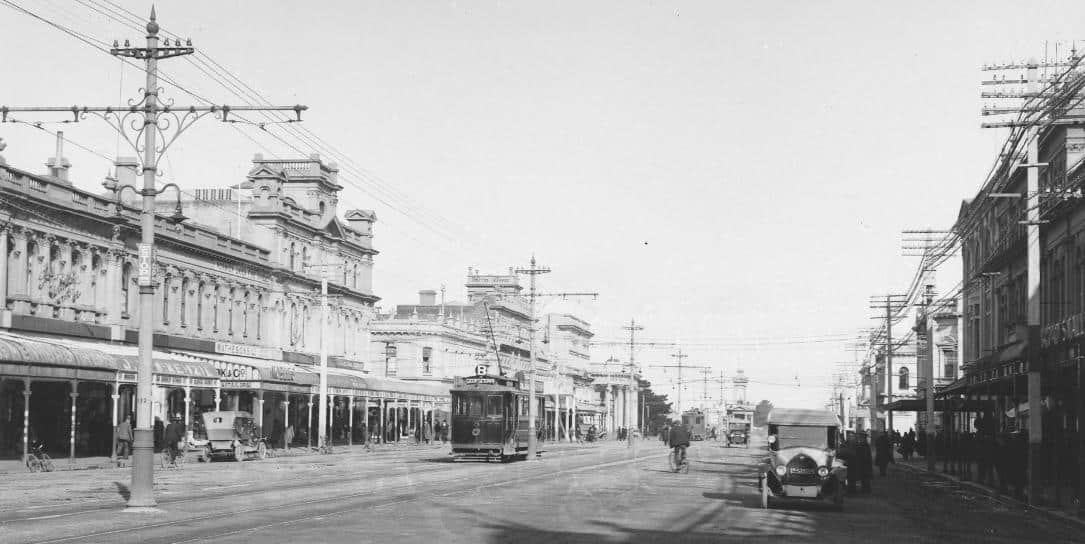
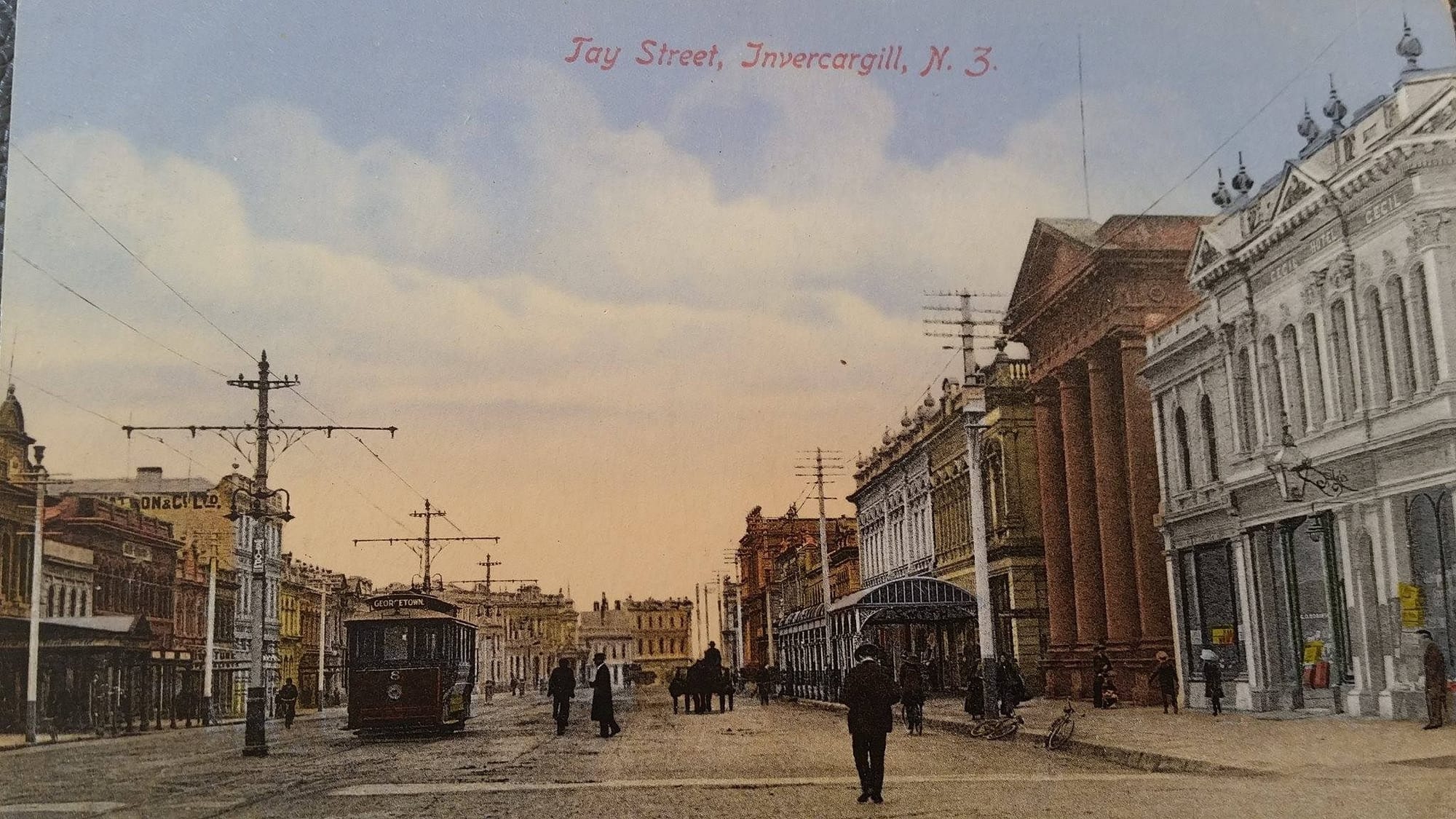
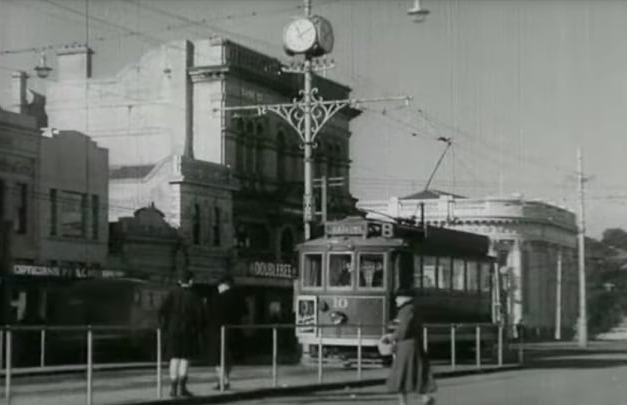

However, the rise of diesel buses in the 1940s signaled a shift in public transportation preferences. The Invercargill Ratepayers’ decision in 1945 to raise a loan for purchasing diesel buses marked the beginning of the end for the tram system. As buses were introduced, tram lines were gradually phased out, with the last lines closing by 1952.
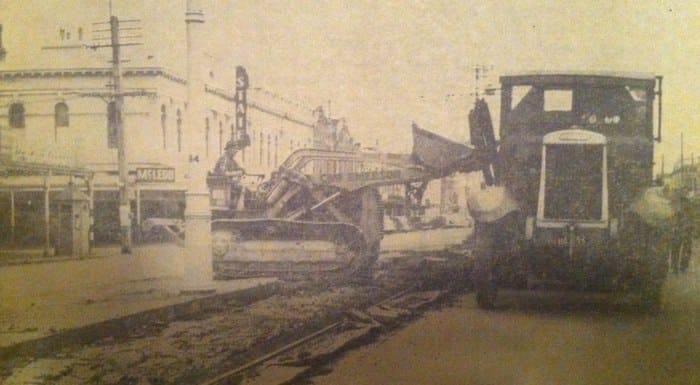
The final ride of the Invercargill trams on September 10, 1952, was both celebratory and marred by vandalism. Schoolboys and young individuals partook in the destructive farewell of the trams, with significant damage inflicted, particularly to the windows.
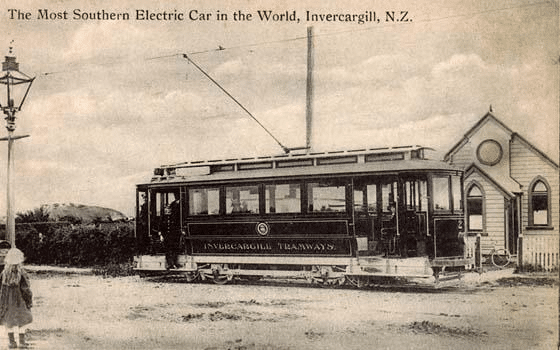
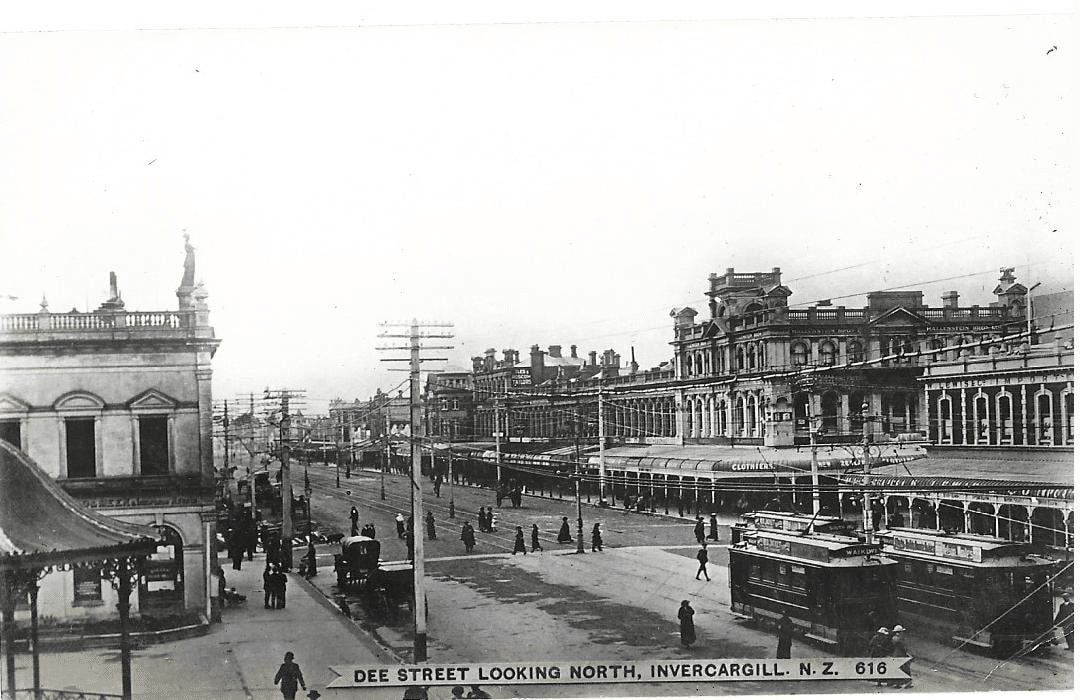
This bittersweet event was a poignant farewell to a long-standing mode of transport and an end to a significant chapter in the city’s history. The quiet transition to buses marked the move towards a more modern transportation system.
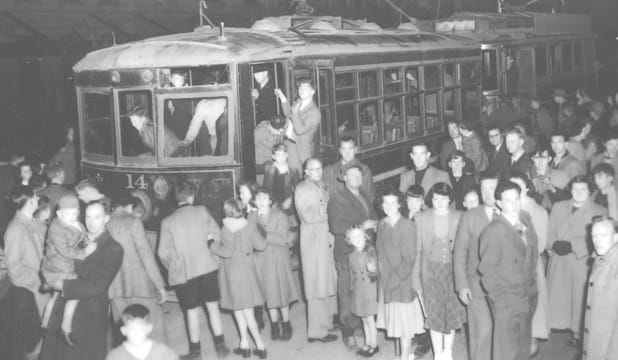
Throughout its years of operation, the tram system was more than just a mode of transport; it was a symbol of Invercargill’s growth, progress, and community spirit. Its closure marked the end of an era in the city’s transportation history, leaving behind memories of innovation and a once integral part of daily life for the residents of Invercargill.
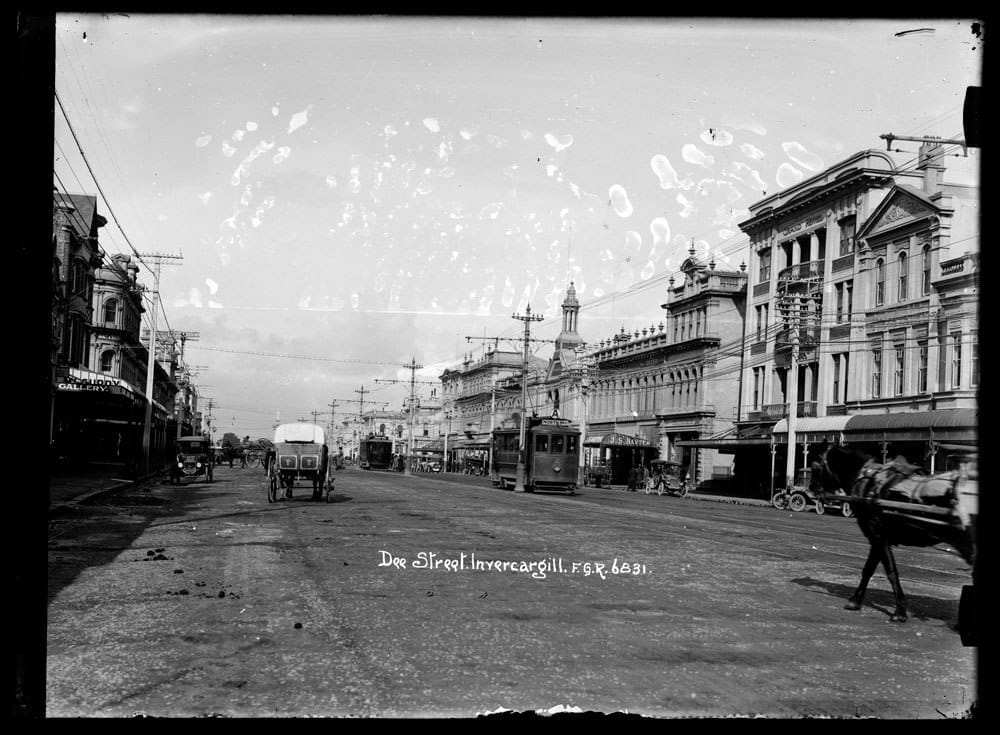
The trams, though now a part of history, remain a cherished memory and symbol of a bygone era in the city’s urban landscape.

